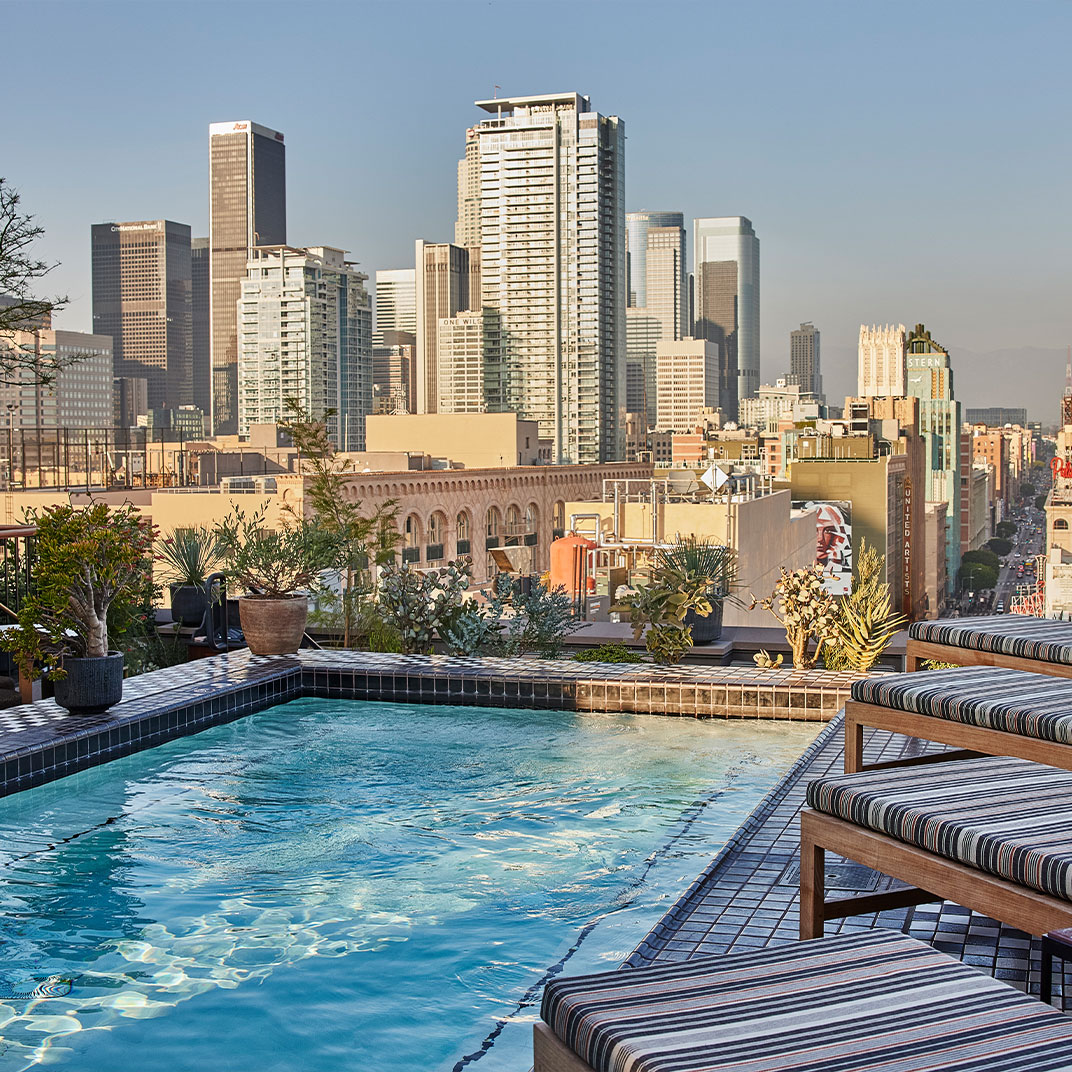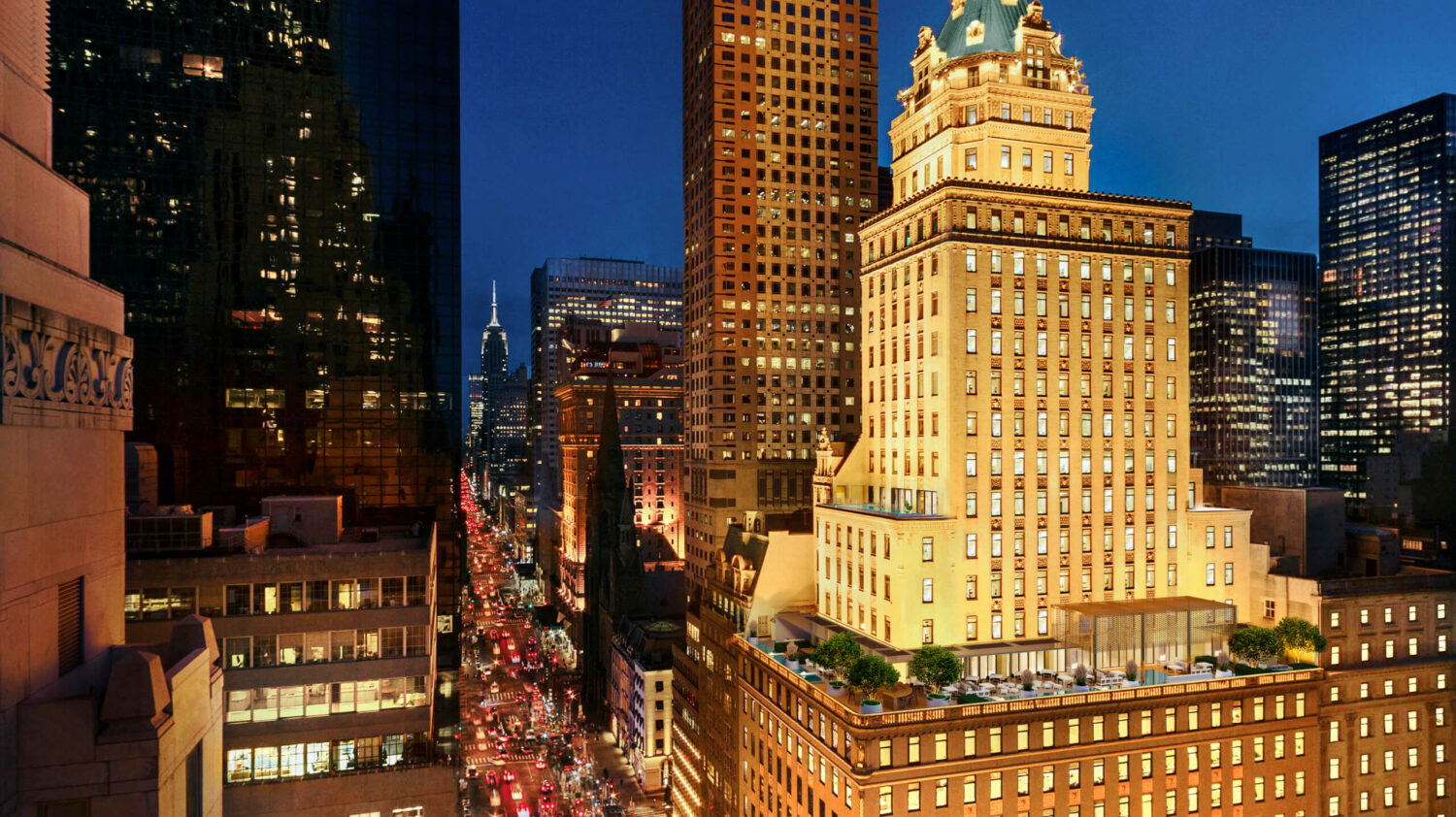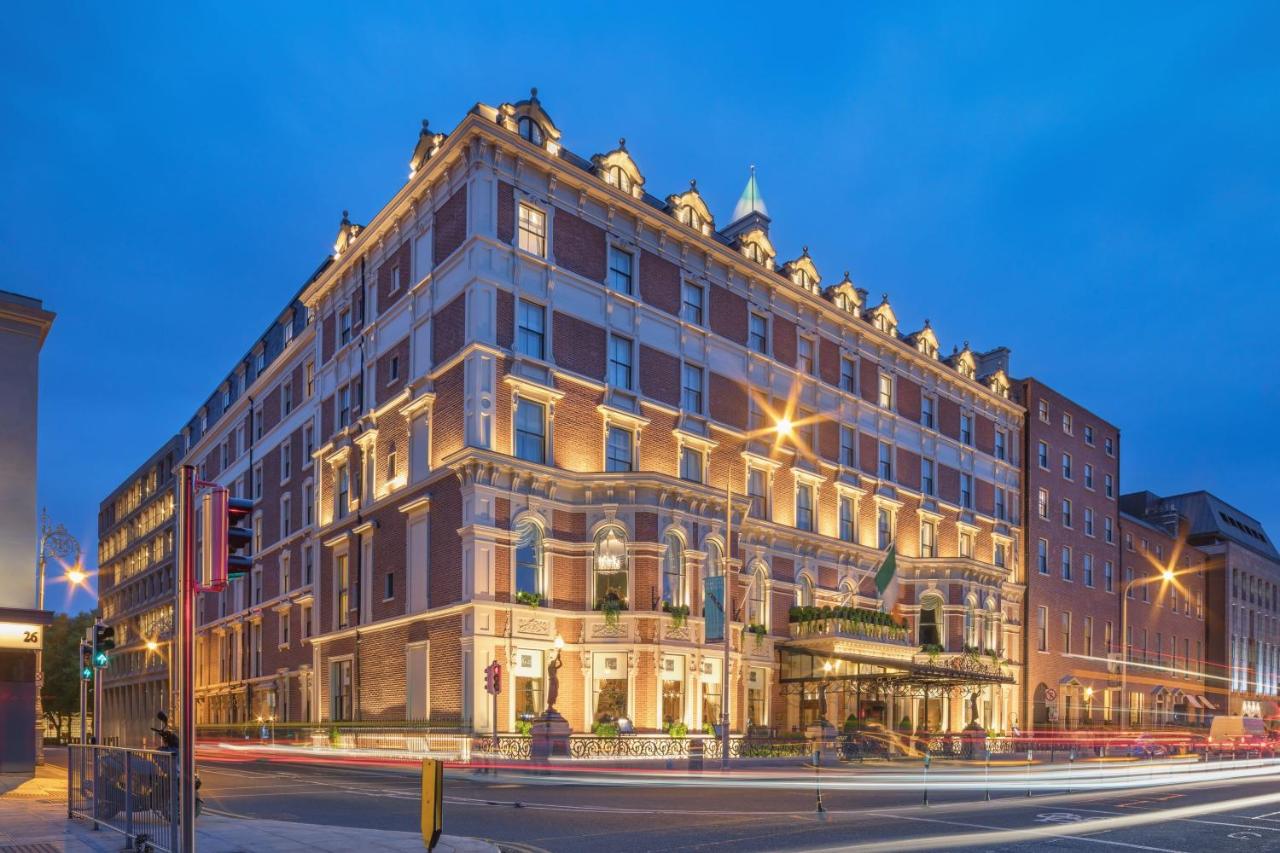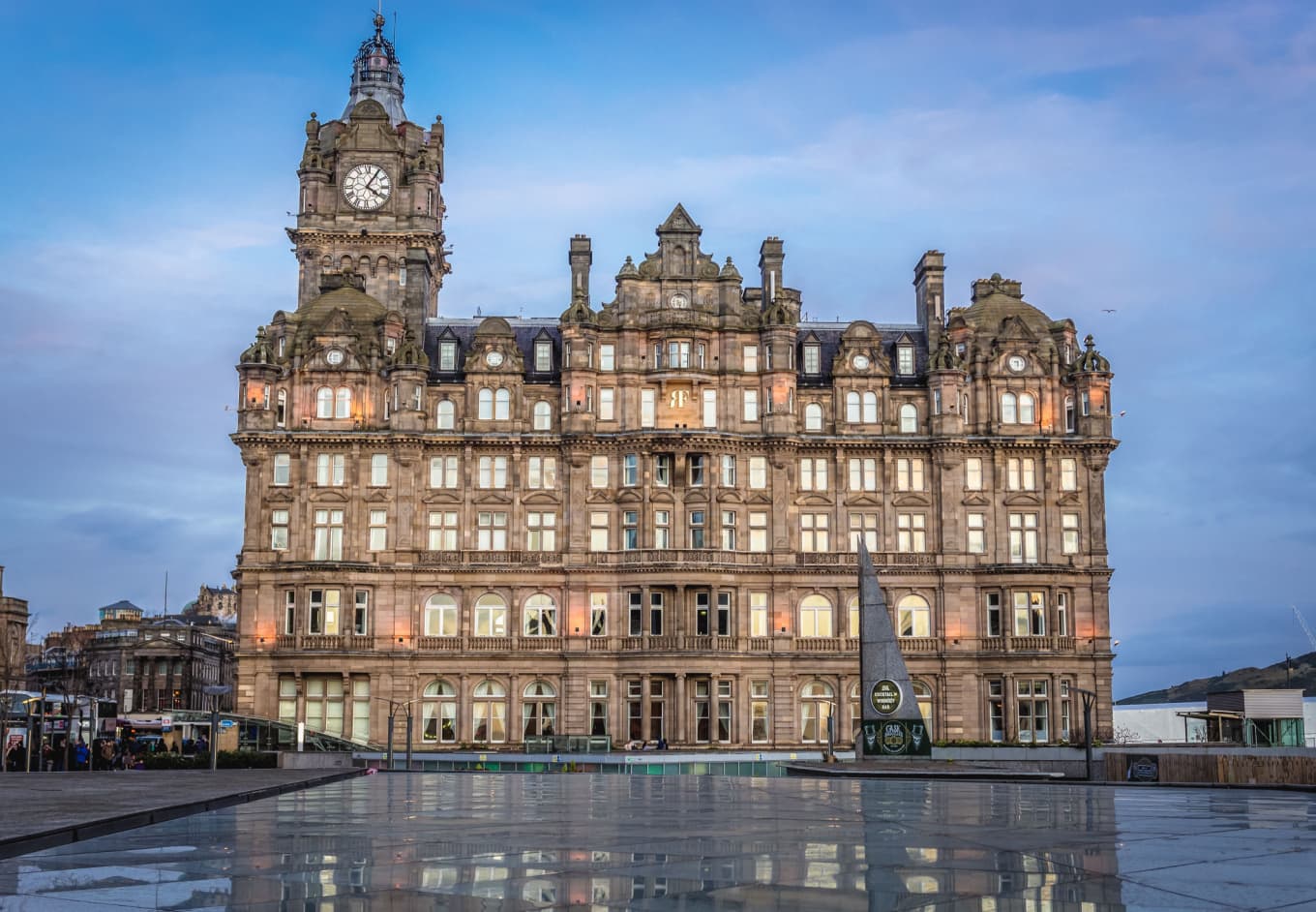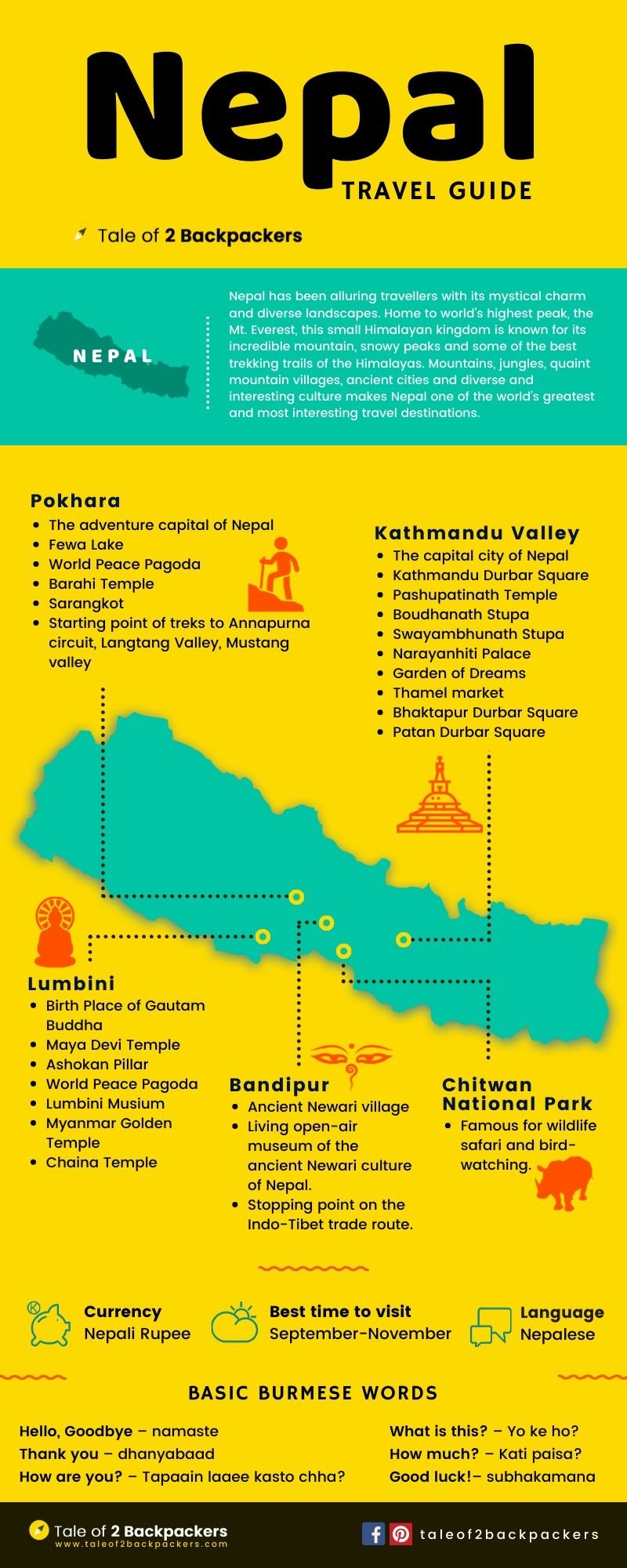
Nestled in the heart of the Himalayas, Nepal is a land of unparalleled natural beauty, profound spirituality, and ancient cultural heritage. From the towering, snow-capped peaks that scrape the sky to the serene, spiritual valleys, and the lush, subtropical jungles teeming with exotic wildlife, Nepal offers an odyssey for every type of traveler. It’s a country where adventure beckons from every trail, history whispers from every temple, and the warmth of its people leaves an indelible mark on the soul. This comprehensive guide will navigate you through Nepal’s top attractions, rich history, essential travel tips, accommodation, transportation, and the best times to visit, ensuring your journey to this Himalayan gem is as enriching as it is unforgettable.
Top Attractions: Where Legends and Landscapes Converge
Nepal’s landscape is dotted with iconic sites, each telling a unique story of nature, faith, and human endeavor.
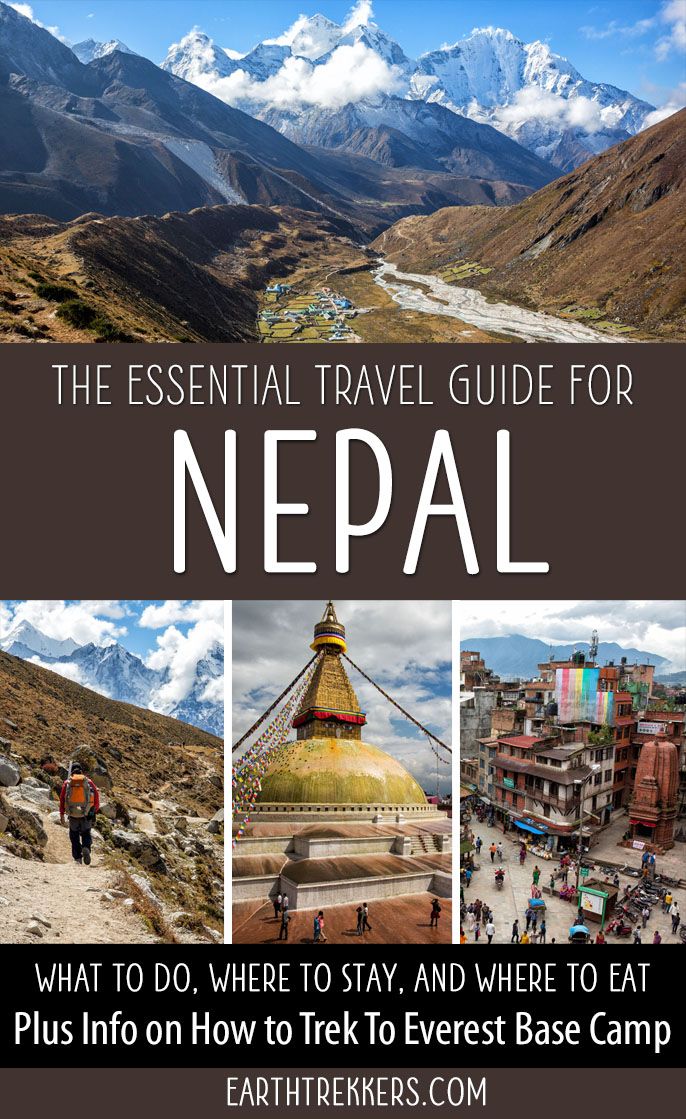
Related Articles about Nepal: A Journey to the Roof of the World and Beyond:
- China: A Journey Through Time, Culture, and Unforgettable Landscapes
- India: A Traveler’s Guide to a Land of Infinite Wonders
- A Journey Through Enchantment: Your Ultimate Travel Guide to Malaysia
- A Traveler’s Handbook to Singapore: A Jewel of Southeast Asia
- The Pearl of the Orient Seas: A Comprehensive Travel Guide to the Philippines
The Kathmandu Valley: A Living Museum
The spiritual and cultural heart of Nepal, the Kathmandu Valley is a UNESCO World Heritage site, home to seven monument zones that showcase the exquisite Newari architecture and artistic traditions.
- Kathmandu Durbar Square: At the epicenter of old Kathmandu, this square is a mesmerizing complex of ancient palaces, courtyards, and temples. It houses the Hanuman Dhoka Palace, the Taleju Temple, and the Kumari Ghar, the residence of the Living Goddess.
- Pashupatinath Temple: Nepal’s most sacred Hindu shrine, dedicated to Lord Shiva, sits on the banks of the Bagmati River. It’s a powerful site where pilgrims perform rituals and cremation ceremonies take place, offering a profound glimpse into Hindu traditions.
- Boudhanath Stupa: One of the largest stupas in the world, Boudhanath is the spiritual center for Nepal’s Tibetan Buddhist community. Its massive mandala, adorned with the all-seeing eyes of Buddha, is encircled by prayer flags and a vibrant community of monasteries and shops.
- Swayambhunath (Monkey Temple): Perched atop a hill, this ancient stupa offers panoramic views of the Kathmandu Valley. Its white dome and gilded spire, with the watchful eyes of Buddha, are surrounded by smaller temples and an abundance of playful monkeys.
- Patan Durbar Square: Just across the Bagmati River from Kathmandu, Patan (Lalitpur) boasts an equally impressive Durbar Square. Known for its exquisite craftsmanship, it features the Krishna Mandir, a stone temple with 21 gilded pinnacles, and the ancient royal palace.
- Bhaktapur Durbar Square: The best-preserved of the three Durbar Squares, Bhaktapur offers a step back in time. Its medieval charm is captivating, with the 55-window palace, the Golden Gate, and the towering Nyatapola Temple – Nepal’s tallest pagoda – standing as testaments to Malla artistry.
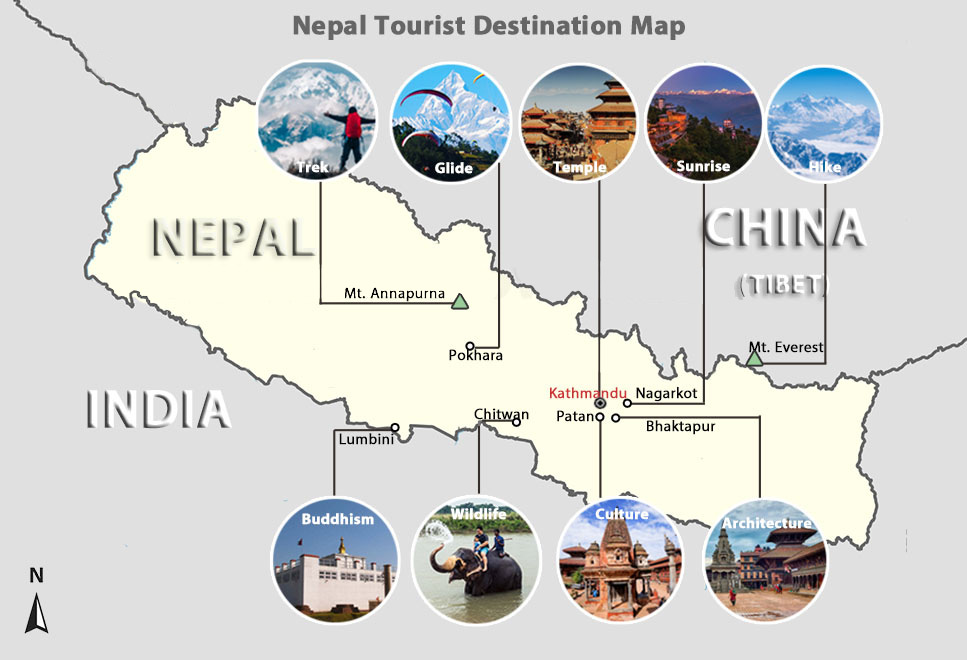
Pokhara: The Lakeside Paradise
Often called the "Gateway to the Annapurna Region," Pokhara is Nepal’s second-largest city and a hub for adventure and relaxation.
- Phewa Lake: The centerpiece of Pokhara, this serene lake is perfect for boating, with the reflection of the Annapurna range on its surface. The Tal Barahi Temple sits on an island in the lake.
- World Peace Pagoda: Perched on a hilltop overlooking Phewa Lake, this stupa offers breathtaking sunrise and sunset views of the Annapurna, Dhaulagiri, Machhapuchhre (Fishtail Mountain), and Manaslu ranges.
- Sarangkot: Famous for its panoramic sunrise views over the Himalayas, Sarangkot is also a popular spot for paragliding and zip-lining, offering an adrenaline rush amidst stunning scenery.
The Everest Region: Trekking to the Top of the World
For many, Nepal is synonymous with Mount Everest. The Everest Base Camp trek is an iconic journey through Sherpa villages, ancient monasteries, and breathtaking high-altitude landscapes.
- Sagarmatha National Park: A UNESCO World Heritage site, this park protects the delicate ecosystem around Everest.
- Namche Bazaar: The vibrant Sherpa capital, a bustling market town where trekkers acclimatize.
- Tengboche Monastery: One of the most significant monasteries in the Khumbu region, offering stunning views of Everest and Ama Dablam.
The Annapurna Region: Diverse Landscapes and Cultures
Offering a variety of trekking routes, the Annapurna region is renowned for its diverse landscapes, from lush rhododendron forests to arid, high-altitude deserts.
- Annapurna Base Camp (ABC) Trek: A classic journey to the base of the Annapurna massif, passing through Gurung villages and terraced fields.
- Ghorepani Poon Hill Trek: A shorter, popular trek famous for its spectacular sunrise views over the Annapurna and Dhaulagiri ranges.
Lumbini: The Birthplace of Buddha
A UNESCO World Heritage site, Lumbini is a sacred pilgrimage destination for Buddhists worldwide, as it is the birthplace of Siddhartha Gautama, Lord Buddha.
- Maya Devi Temple: Marks the exact spot where Buddha was born.
- Ashoka Pillar: Erected by Emperor Ashoka in 249 BC, signifying the spot.
- Monastic Zone: Home to numerous temples and monasteries built by different Buddhist countries, each reflecting their unique architectural styles.
Chitwan National Park: Wildlife Encounters
Located in the subtropical lowlands of the Terai, Chitwan National Park is another UNESCO World Heritage site, offering a stark contrast to the mountainous regions.
- Wildlife Safaris: Home to the endangered one-horned rhinoceros, Bengal tigers (though rarely seen), elephants, crocodiles, deer, and a rich diversity of birdlife.
- Tharu Culture: Visitors can also experience the unique culture of the indigenous Tharu people.
A Glimpse into Nepal’s Storied Past: From Kingdoms to Republic
Nepal’s history is as captivating as its landscapes, marked by ancient dynasties, periods of isolation, and a recent transition to a federal democratic republic.
Ancient Origins: The earliest recorded history dates back to the Kirat dynasty, followed by the Licchavi period (circa 400-750 AD), often considered a golden age for art, architecture, and trade, with strong cultural ties to India.
The Malla Dynasty (12th-18th Century): This era saw the flourishing of Newari culture, art, and architecture, particularly in the Kathmandu Valley. The three Malla kingdoms of Kathmandu, Patan, and Bhaktapur developed distinct and exquisite styles, leaving behind the magnificent Durbar Squares we admire today.
The Shah Dynasty and Unification (18th Century): In the mid-18th century, Prithvi Narayan Shah, the Gorkha King, embarked on a campaign to unify the fragmented kingdoms, establishing the modern state of Nepal and the Shah dynasty. His vision laid the foundation for the nation’s borders.
The Rana Rule (1846-1951): Following a coup, the Rana family established a hereditary prime ministerial system, effectively reducing the Shah monarchs to figureheads. This period saw Nepal largely isolated from the outside world, preserving its unique culture but hindering development. Grand palaces were built, but the common people had limited freedoms.
Restoration of Monarchy and Democratic Movements: A pro-democracy movement in 1951, supported by India, overthrew the Ranas and restored the Shah monarchy. However, Nepal’s path to democracy was turbulent, marked by periods of direct royal rule and struggles for greater political freedom.
Maoist Insurgency and Peace Process: From 1996 to 2006, Nepal was embroiled in a civil war between government forces and Maoist insurgents. A comprehensive peace agreement led to the abolition of the monarchy in 2008.
Federal Democratic Republic: Nepal officially became a Federal Democratic Republic, ending 240 years of monarchy. The country adopted a new constitution in 2015, navigating a complex path towards stability and development.
Throughout its history, Nepal has been a melting pot of Hinduism and Buddhism, with these two religions deeply intertwined in the daily lives and cultural practices of its people, manifesting in countless temples, stupas, and vibrant festivals.
Essential Travel Tips for Your Nepali Adventure
Preparing for your trip to Nepal involves more than just packing your bags. Here’s what you need to know for a smooth and respectful journey.
Visa Requirements: Most nationalities can obtain a visa on arrival at Tribhuvan International Airport (TIA) in Kathmandu, or at land border crossings. You’ll need a valid passport, a passport-sized photograph, and the visa fee (payable in major currencies). Applying for a visa online beforehand can expedite the process.
Health and Safety:
- Vaccinations: Consult your doctor well in advance for recommended vaccinations (e.g., Hepatitis A, B, Typhoid, Tetanus).
- Altitude Sickness (AMS): If trekking at high altitudes, ascend slowly, stay hydrated, and be aware of symptoms. Acclimatization days are crucial.
- Water: Drink only bottled or purified water. Consider bringing a water filter or purification tablets.
- Travel Insurance: Essential, especially if you plan on trekking. Ensure it covers high-altitude rescue and medical evacuation.
- Personal Safety: Nepal is generally safe, but take standard precautions against petty theft. Avoid walking alone in dark, isolated areas at night.
Money Matters:
- Currency: The Nepali Rupee (NPR).
- ATMs: Widely available in major cities (Kathmandu, Pokhara) but less so in rural or trekking areas. Carry sufficient cash for treks.
- Bargaining: Common in markets and smaller shops, but not in restaurants or fixed-price stores.
- Tipping: Not mandatory but appreciated for good service (guides, porters, drivers, restaurant staff). 10% in restaurants is standard.
Culture and Etiquette:
- Greetings: A "Namaste" or "Namaskar" (with hands pressed together) is the traditional greeting.
- Dress Code: Dress modestly, especially when visiting religious sites. Shoulders and knees should be covered.
- Temples: Remove shoes before entering temples and homes. Do not touch religious artifacts.
- Public Displays: Avoid public displays of affection.
- Hands: Use your right hand for giving, receiving, and eating. The left hand is considered unclean.
- Head: Do not touch people’s heads, as it’s considered sacred.
- Pointing: Avoid pointing your feet at people or religious shrines.
Communication: Nepali is the official language. English is widely spoken in tourist areas, hotels, and restaurants. Learning a few basic Nepali phrases will be appreciated by locals.
Packing Essentials:
- Layered Clothing: Essential for varying temperatures.
- Trekking Gear: Sturdy boots, trekking poles, warm jacket, waterproof outer layers (if trekking).
- Sun Protection: Hat, sunglasses, high-SPF sunscreen.
- First-Aid Kit: Basic medications, antiseptic wipes, blister plasters.
- Insect Repellent: Especially for jungle areas.
- Power Adapter: Type C, D, and M sockets.
Environmental Responsibility: Practice "Leave No Trace" principles. Reduce plastic waste, use reusable water bottles, and support local, eco-friendly businesses.
Accommodation Options: From Teahouses to Luxury Resorts
Nepal offers a diverse range of accommodation to suit every budget and travel style.
- Luxury Hotels: In Kathmandu and Pokhara, you’ll find international 5-star hotels and exquisite boutique properties like Dwarika’s Hotel, offering world-class amenities and services. High-end resorts are also available in Chitwan.
- Mid-Range Hotels & Guesthouses: These provide comfortable rooms, private bathrooms, and often include breakfast. They offer excellent value and are plentiful in cities and major tourist hubs.
- Budget Guesthouses & Hostels: Popular with backpackers, these offer basic rooms, often with shared bathrooms, at very affordable prices. Hostels are becoming more common in Kathmandu and Pokhara.
- Teahouses/Lodges (Trekking): Along popular trekking routes, teahouses offer simple, clean rooms (often with shared bathrooms) and serve basic meals. They are an integral part of the trekking experience, providing warmth and shelter in remote areas.
- Homestays: A growing option, particularly in rural areas, homestays offer a unique opportunity for cultural immersion, allowing you to live with a local family and experience their daily life.
- Resorts: In destinations like Chitwan, resorts offer a blend of comfort and proximity to nature, often including safari activities in their packages.
Navigating Nepal: Transportation within the Country
Getting around Nepal can be an adventure in itself, with various modes of transport connecting its diverse regions.
- International Flights: Tribhuvan International Airport (TIA) in Kathmandu is the only international airport, serving direct flights from various Asian and Middle Eastern cities.
- Domestic Flights: Essential for covering long distances quickly or reaching remote areas. Flights connect Kathmandu to major cities like Pokhara, Bharatpur (for Chitwan), and Lukla (for Everest Base Camp treks). Be aware that domestic flights, especially to Lukla, are prone to delays or cancellations due to weather conditions.
- Buses:
- Local Buses: The cheapest option, connecting virtually every town and village. They can be crowded, slow, and lack comfort, but offer an authentic local experience.
- Tourist Buses: More comfortable and reliable, connecting major tourist destinations like Kathmandu, Pokhara, and Chitwan. They are a good balance of cost and comfort for inter-city travel.
- Private Vehicles: Taxis (metered or negotiated fares) are readily available in cities. Private cars with drivers can be hired for more comfort and flexibility for inter-city travel or day trips.
- Rickshaws/Tempos: For short distances within cities, cycle rickshaws and auto-rickshaws (tempos) are common and offer a unique local experience. Negotiate fares beforehand.
- On Foot: For trekking, walking is the primary mode of transport, allowing you to immerse yourself fully in the stunning landscapes and local cultures.
Best Time to Visit Nepal: Seasons of Splendor
Nepal’s climate varies significantly with altitude and season, influencing the best time for different activities.
-
Autumn (September to November): The Peak Season
- Pros: This is widely considered the best time to visit. The monsoon rains have cleared the air, offering crystal-clear mountain views, moderate temperatures, and pleasant weather for trekking. Major festivals like Dashain and Tihar fall during this period, offering a vibrant cultural experience.
- Cons: It’s the peak tourist season, so popular trekking routes and attractions can be crowded, and prices for flights and accommodation may be higher.
- Ideal for: Trekking (Everest, Annapurna), cultural tours, sightseeing.
-
Spring (March to May): Rhododendron Blooms
- Pros: The second-best trekking season. Temperatures are warm and comfortable, and the rhododendron forests (Nepal’s national flower) are in full bloom, painting the hillsides with vibrant colors. Mountain views are generally good, especially in early spring.
- Cons: Towards late May, pre-monsoon heat and humidity can build up, and haze might obscure distant mountain views.
- Ideal for: Trekking, wildlife viewing, general sightseeing.
-
Winter (December to February): Crisp and Clear
- Pros: The skies are incredibly clear, offering spectacular mountain views with fewer tourists. Temperatures in the lowlands and Kathmandu Valley are pleasant.
- Cons: It gets very cold at higher altitudes, with snow closing some high passes. Daylight hours are shorter.
- Ideal for: Lower elevation treks (e.g., Poon Hill), cultural tours in the Kathmandu Valley, wildlife safaris in Chitwan.
-
Monsoon (June to August): Lush and Quiet
- Pros: The landscape is incredibly lush and green, with dramatic waterfalls. There are fewer tourists, leading to lower prices. The rain-shadow regions like Upper Mustang are excellent to visit as they receive little rain.
- Cons: Constant rain, high humidity, muddy and slippery trails, leeches, and often obscured mountain views. Domestic flights can be delayed or canceled frequently due to poor visibility.
- Ideal for: Cultural tours in Kathmandu Valley, Upper Mustang trek, inner Terai regions.
Conclusion: Your Unforgettable Journey Awaits
Nepal is more than just a destination; it’s an experience that transcends the ordinary. It’s a land where the grandeur of the Himalayas inspires awe, ancient traditions live on in vibrant festivals, and the spirit of adventure thrives. Whether you seek the challenge of scaling high passes, the serenity of spiritual sites, or the thrill of encountering exotic wildlife, Nepal promises an unforgettable journey filled with warmth, wonder, and profound memories. Embrace the spirit of "Namaste," travel responsibly, and allow this extraordinary country to captivate your heart.
